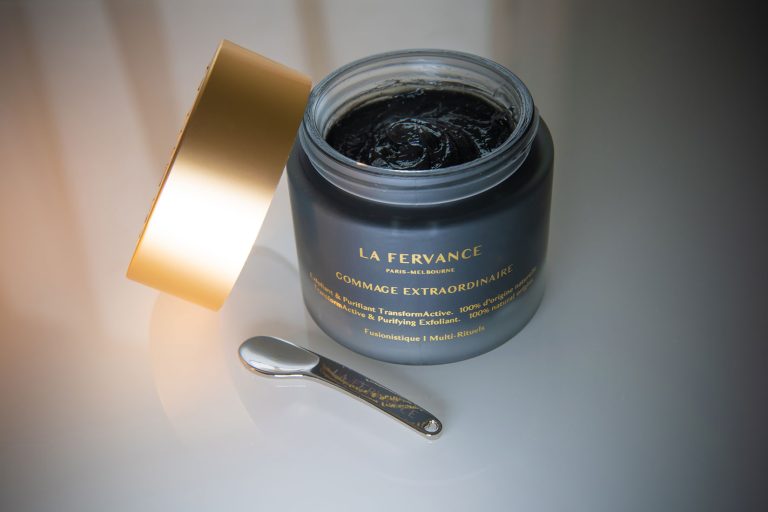
WHAT IS GOMMAGE
What is Gommage? Gommage, derived from the French word for “erase” or “rub off,” is a gentle exfoliation method that removes dead skin cells to
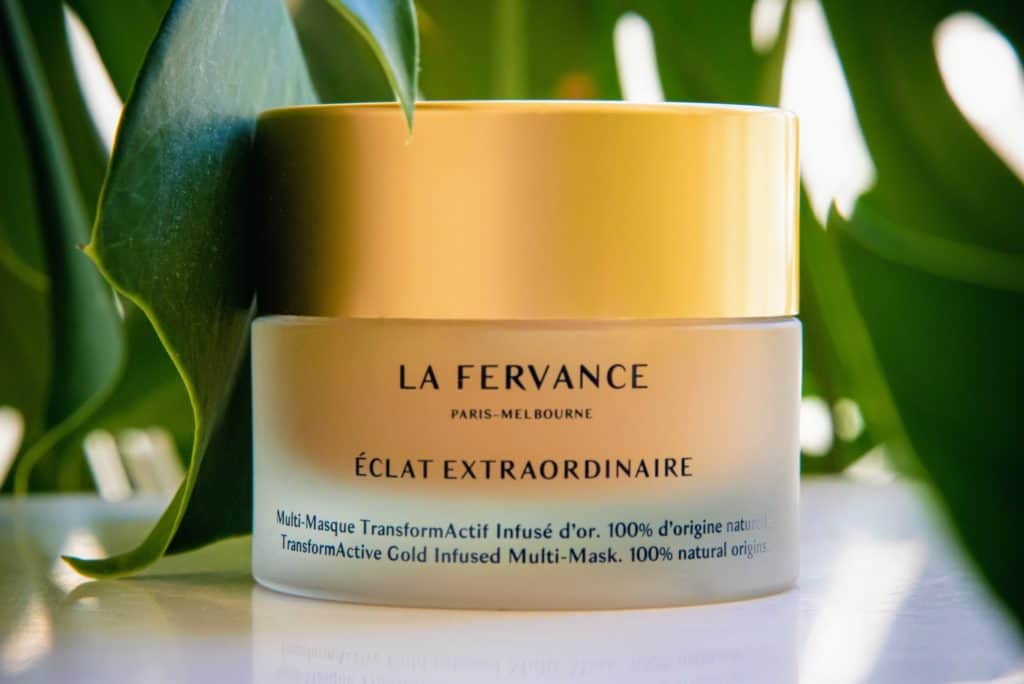
Alongside the arrival of autumn, global fashion month and that back-to-school feeling in the air, we’re marking another calendar occasion: Organic September, a month-long campaign led by the Soil Association to celebrate nature’s raw ingredients and encourage consumers to choose more organic beauty products.
Amid the tumult of this past year, organic goods might sound to some like a needless extravagance – but the truth is far from it, as organic farming and manufacturing can promote a kinder, fairer system for both people and planet. “In the face of climate change, diet related ill-health and widespread decline in wildlife, the need to change our […] systems has never been greater,” says the Soil Association. “With more of us seeking solutions to help restore nature, health and a safe climate, becoming part of the organic movement can make a world of difference.”
Awareness and education is a vital part of Organic September – and especially when it comes to beauty and wellbeing. The market is growing (the Organic Beauty & Wellbeing Market Report 2020 revealed a +23% year-on-year increase in certified products in 2019, the ninth consecutive year of growth), and yet for the average shopper, confusion still abounds. Although ‘organic’ food is a protected term and subject to legal regulation on farming standards, no such legislation currently exists for organic cosmetics in the UK or Europe. As with ‘natural’ beauty, ‘green’ beauty, ‘clean’ beauty and plenty of other terms commonly bandied about on packaging, the word can be open to spurious interpretation.
“I believe consistency and regulation of beauty terms is an absolute must,” says Melissa Obeid, founder of Butterfly Mark Certified La Fervance. “There are too many self-professed ‘clean’, ‘green’, ‘natural’ and ‘sustainable’ brands which on closer inspection are not what they claim to be. This is extremely confusing and misleading for the consumer, and they begin to mistrust those authentic brands who have invested a great deal of time and money in creating genuine products.”
“Consumers shouldn’t need a degree to understand if what they are buying is good for them,” agrees Dr. Mariano Spiezia, founder of Butterfly Mark Certified Inlight Beauty. But he feels consumers are growing savvier, and more determined to see through the marketing spiel. “Lately there has been an increase in conscious consumers who take time to understand the ingredients list, as well as in brands investing in trustworthy accreditations which back up the claim behind the products,” he says. “It’s key to look for recognised awarding bodies that do all the hard checking on ingredients and brand integrity.”
One such accreditation is the COSMOS-standard – an independent, international certification specifically for organic and natural cosmetics. Founded by the Soil Association alongside organisations in Germany, France and Italy, COSMOS now accredits more than 19,000 products across 60 different countries. The COSMOS ORGANIC stamp of approval guarantees that a product has been made without animal testing, genetically modified ingredients, parabens or phthalates, without nano particles or controversial chemicals such as dimethylol, methylisothiazolinone or non-natural propylene glycol, and without synthetic colours, dyes or fragrances.
But organic beauty standards should go beyond the omissions, incorporating positive, proactive sustainability actions too. The COSMOS mark assures consumers that products have been made with responsibly-sourced, biodegradable ingredients; in transparent manufacturing processes; using minimal packaging and recycled content wherever possible; and with care taken to protect wildlife and biodiversity. Likewise the NATRUE certification, which covers both organic and natural cosmetics, requires recycled packaging wherever possible, and an environmental impact report submitted by all manufacturers.
Meanwhile in the United States, the equivalent accreditation is the organic label from the US Department of Agriculture (USDA), which certifies that ingredients have been grown according to federal guidelines on soil quality, animal welfare, pest and weed control and additives. Produce can be called ‘organic’ if grown on soil free from prohibited substances – which includes most synthetic fertilisers and pesticides – for three years prior to harvest. Unlike the UK and the EU, the US does regulate the marketing of ‘organic’ cosmetic ingredients alongside food.
However, it’s never a simple case of ‘clean’ vs dirty. On both sides of the pond there are varying levels of accreditation to reflect the multifarious make-up of different products.
The USDA differentiates between “100% organic”, “organic” (which is given to products made with 95% organic ingredients) and “made with organic ingredients” (which must contain at least 70% organic ingredients). The COSMOS-standard is only awarded if 95% of the plants a product contains are organic, while brands who meet the 100% mark are incredibly rare.
It’s also important to note that not being certified organic doesn’t necessarily mean a brand is any less responsible. Water can cause extra confusion, as it is often counted as a natural ingredient in an attempt to inflate product percentages – plus there’s the fact that water-based products need preservatives, most often synthetic ones, for a safe shelf life. To help recognise this distinction, COSMOS also offers the COSMOS NATURAL stamp, which certifies beauty products made with high quantities of earth-derived ingredients that can’t be classed as ‘organic’ – such as the water, salt or clay often found in toners, bath salts or face masks.
One such product is Eclat Extraordinaire, the high-performance signature beauty balm from La Fervance, whose ingredients list includes conflict-free 23 carat gold dust. “Given the luxurious textures, intended efficacies and capabilities of the Eclat Extraordinaire, we chose not to pursue a 100% organic route, as these outcomes would not have been achievable,” explains Obeid. Nonetheless, the brand’s combined COSMOS NATURAL, Butterfly Mark and Cosmebio certifications reflect its commitment to sustainable ingredients. “Being a brand built on authenticity and transparency, we outline the provenance of each ingredient – primarily sourced from Australia and France – as well as the composition and the extraction methods. Ethical sourcing, ingredient quality and production processes are imperative to our brand values.”
How do brands win over the cynics who still perceive ‘organic’ as little more than an expensive buzzword?
Dr Spiezia believes emphasising the environmental benefits helps to convince customers. “The world is extremely polluted, due to choices made globally in the last few decades and it is now so obvious that we are all paying the consequences,” he says. “More and more, the formerly sceptical are realising how badly the chemical industries have contributed to that damage, and that it is essential to go back to nature.”
It also helps to make cosmetics that feel as good on the skin as they do on the conscience. While ‘organic’ might formerly have conjured up images of wonky carrots and rustic formulas, the newest generation of clean beauty brands combine science and nature to achieve something truly luxurious. The idea that science must battle with nature on our bathroom shelves is fast becoming outdated, as some of the most innovative, high-performing brands on the market draw their technical know-how from natural processes that have been going on for millennia. “Some still associate organic with something which is not ‘perfect’, but is better for you. However, we believe nature is perfect,” says Dr Spiezia. “Truly organic means fond respect for nature’s perfection – something whole and not contaminated by man-made chemicals/synthetics.”
There’s poetry and philosophy in organic beauty, too. “An apple picked from the tree is very different from an apple made in a lab. The first is the result of millions of years of evolution and a long, complex cycle involving sun, wind, minerals, soil and seasons. The second is a chemical copy,” says Dr Spiezia. “They can both look similar, taste similar and even contain similar minerals, but the first has a story.”
Organic September is a chance to share those stories. But the first step is establishing language we can trust, and helping consumers learn to read beyond the label.
Written by – Lauren Bravo
-To learn about our Journey – click here – https://lafervance.com/about/
-To learn about our sustainability – click here – https://lafervance.com/social-impact-and-commitment/
-To learn about our founder – click here – https://lafervance.com/the-founder/
-To read our customer reviews – click here – https://lafervance.com/reviews/

What is Gommage? Gommage, derived from the French word for “erase” or “rub off,” is a gentle exfoliation method that removes dead skin cells to
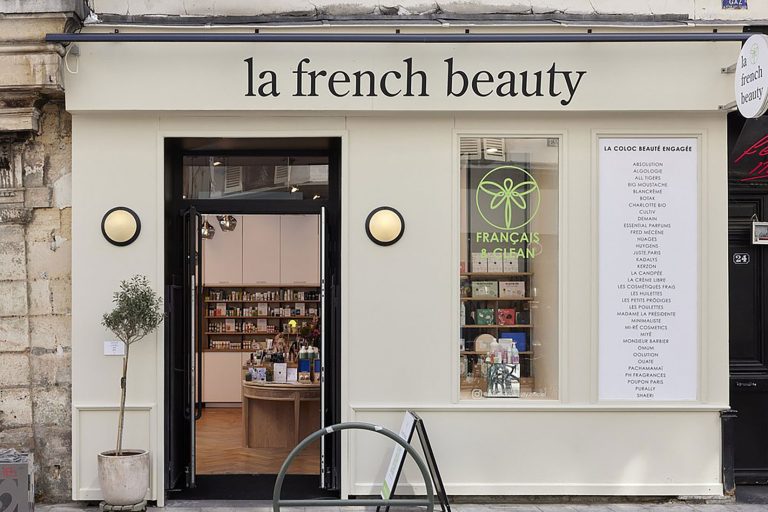
French skincare is a global benchmark for beauty, celebrated for its effortless elegance and focus on natural, radiant skin. Rooted in a philosophy that prioritizes

















login ~login ~login ~login ~login ~login ~login ~login ~login ~login ~login ~
search ~ search ~ search ~ search ~ search ~ search ~ search ~ search ~ search ~ search ~ search ~ search ~ search ~ search ~ search ~ search